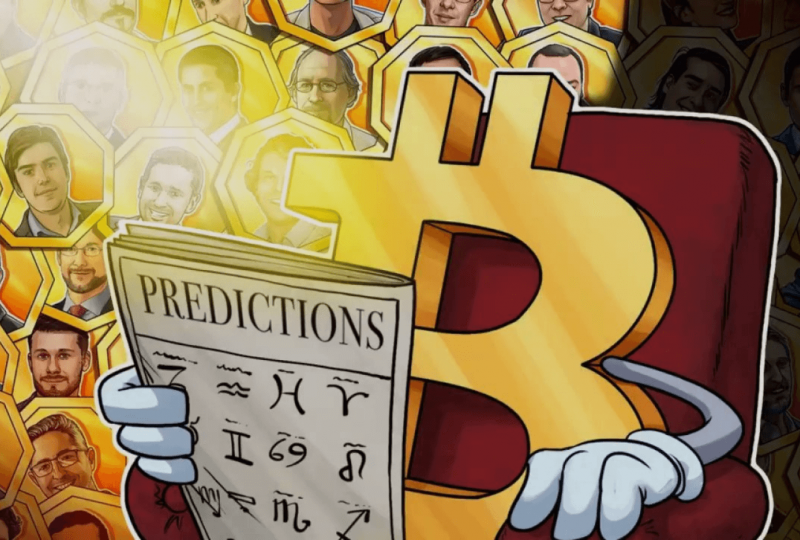Interest Rate Surge Reflects Fed Policy That ‘Overstayed Its Welcome’ч
Jan 19, 2022

Inflationary pressures and, by extension, interest rates and prospects for Federal Reserve rate rises have had a significant impact on Wall Street.
After spending most of last year downplaying the possibility of tighter monetary policy and higher rates, the 10-year note (TNX) surged to over 2%, while the inflation-sensitive 2-year yield reached 1%, both of which are near two-year highs.
Jumping yields, which were predicted months ago, frightened investors and sent blue-chip and technology stocks down.
Tuesday's sell-off is "all about interest rates," according to David Lefkowitz, head of equities for the Americas at UBS Global Wealth Management. The increase in the 10-year yield "has significant consequences for the market's internals."
The market's decided end to its complacency over the imminent rate rise cycle is mostly the result of a few variables, but with one underlying theme. Specifically, investors are becoming concerned that a behind-the-curve Fed would be pushed to act by inflation and hence will need to be much more aggressive with rate rises than present circumstances imply, even as growth rates slow.
"At the end of last year, the market valued a March rise at less than a two-in-three possibility," remarked Marc Chandler of Bannockburn Global Forex.
"It now has a completely discounted rise and a roughly one-in-three likelihood of a 50 basis point shift. By the end of last year, the market had discounted almost three rises for this year. Now, the market has priced in around 107 basis points," Chandler said, implying that Fed rates might swiftly rise to a full percentage point beyond their present near-zero levels.
The Fed bears a large portion of the blame for "way overstaying their welcome with quantitative easing and zero rates and misreading inflation to the point where they are now forced to play catch-up," according to Peter Boockvar, a chief investment officer of Bleakley Advisory Group and an outspoken critic of Fed monetary policy.
"The second mistake, in a sense, was that by delaying tightening this long, they allowed asset values to continue to balloon, establishing a greater peak from which they would surely fall as tightening deepens," he said.
Banks are almost certainly relishing the age of rising interest rates. According to analyst Brian Cheung, the banking sector is conducting a "shift away from capital markets profitability in favor of increased net interest revenue on loan portfolios."
However, as seen by Nasdaq's steep decline, high-growth and technology companies face far greater risks. They are feeling the brunt of the market's worries due to what CNBC's Patti Domm described as interest rates maintaining a "choke grip" on that part of the market.
The Wall Street Journal correctly identified the most susceptible sectors as "cash-burning technology corporations, biotechnology companies without licensed pharmaceuticals, and startups that listed swiftly via mergers with blank-check companies."
"I believe it is entirely reasonable for some of these names to cool off slightly, and then, given the trajectory of interest rates over the next year, investors must look for companies that can generate sustainable profitability," JPMorgan Chase Asset Management Global Market Strategist Jack Manley said on Tuesday.
"For any technology business that just burns funds without producing a meaningful product, this is a difficult sale this year," he continued. "I understand the volatility and the sell-off; I believe it is a little exaggerated, but I do not believe it is a long-term issue for the industry."
Indeed, Northern Trust Wealth Management warned customers that a tighter monetary policy does not always entail a more restrictive policy in absolute terms.
Katie Nixon, chief investment officer, wrote last week that despite growing rate forecasts, "It is critical to emphasize that monetary policy will remain very loose and that Treasury rates will stay negative. In light of our prediction for slower growth and more moderate inflation as we approach mid-year 2022, we also believe that this rate rise cycle will be short and unfinished in comparison to both the Fed's own dot plot and market expectations."




